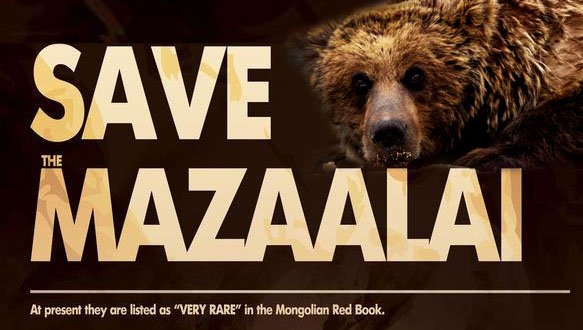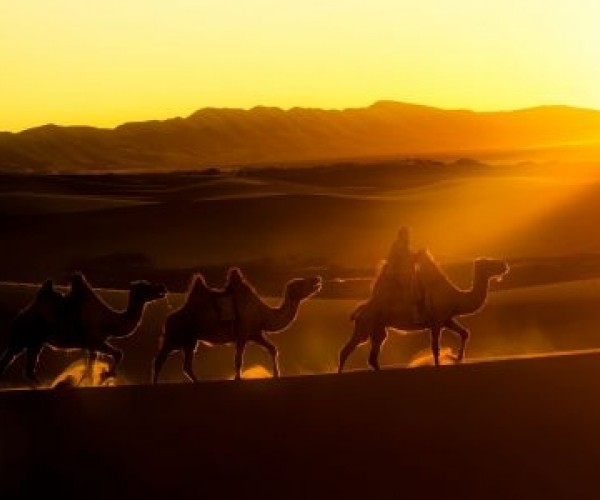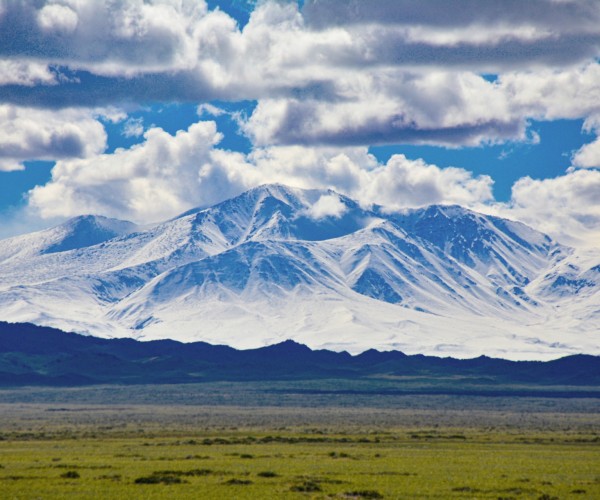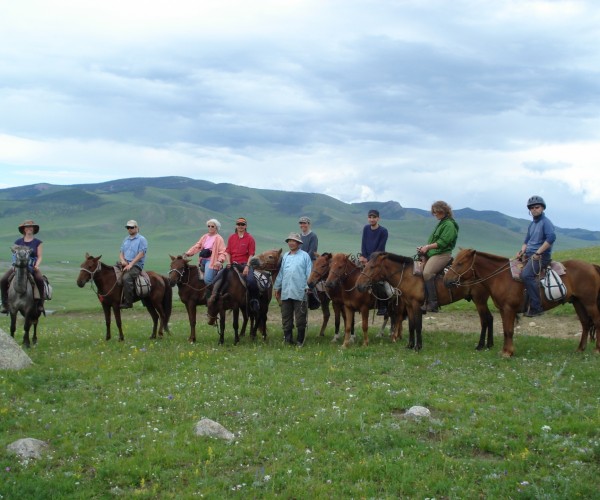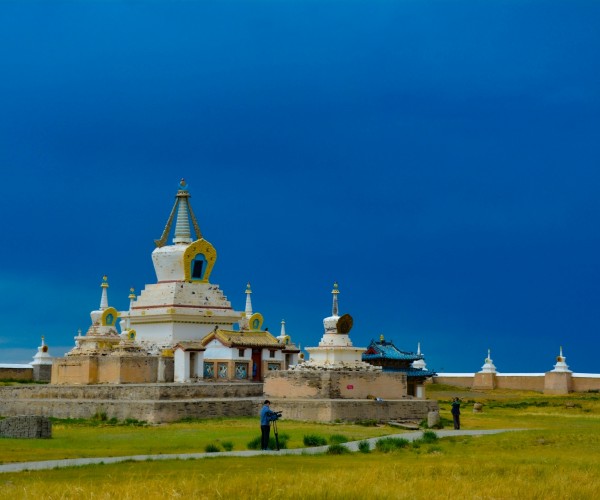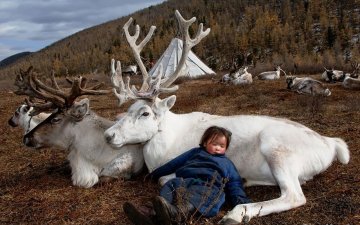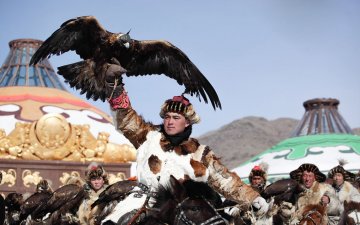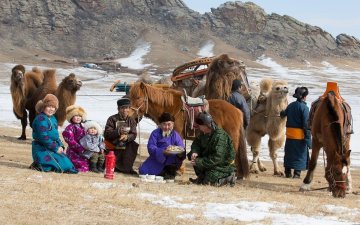Mazaalai or Gobi bear is only species that inhabit in Mongolia, no other places in the world. In the 1940s, Russian scientist found out the existence of this native animal that has been living in the Gobi desert of Mongolia for centuries. It is listed as critically endangered by Mongolian Redbook of Endangered Species and by the Zoological Society of London using IUCN standards.
By the genetic studies based on morphology, Mazaalai bear is belonged to a desert habit animal and related little bit to bear species living in Chinese Tyan Shian and Pakistan mountain ranges. It has similar outside appearance, size with Siberian brown bear. Although it looks like motionless, slow and lazy, but in fact Mazaalai is fast moving animal, even able to stand up on its back legs and see the distance. Gobi bears usually eat plant root, desert berry, and other plants. They don’t try to eat mammals or other small animals. They weigh between 96 and 138kg depending on age and gender. Although Mazaalai has never been in big number but the number of Gobi bear has been decreasing in recent years. In the 1960-1970s Russian and Mongolian scientist counted around 50 of them and then, in 1991 they became 40. In 2006, decreased down again up to 22 but today the Gobi bear conservation is paying more attention to preserve them.
